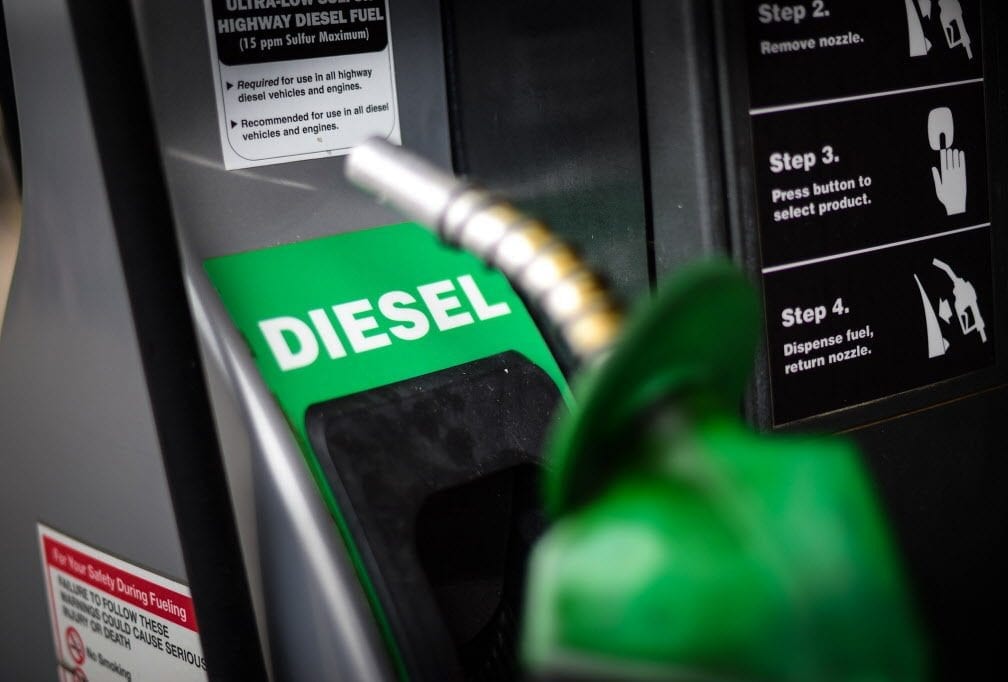In 2020, marine vessels around the globe will be required to follow a low sulfur fuel regulation set by the International Maritime Organization. Currently, the sulfur cap on marine fuel is set to 3.5%. The 2020 rule will set the sulfur cap to a much more stringent 0.5%. These regulations are akin to those which led the drive to remove nearly all of the sulfur content out of on-road gasoline and diesel fuel.
As an on-road trucking fleet, it’s easy to ignore this seemingly irrelevant regulation. So, why should fleet owners care about a marine industry rule? When regulations for sulfur content in marine fuel becomes more stringent, the vessel owners will turn to low sulfur diesel as a primary fuel, drawing from the same supply as the vast majority of on-road fleets. The main question for fleet operators should now be, “what do you need to know today to effectively prepare for a fuel supply disruption tomorrow.”
Trucking fleets need to be aware of this regulation coming down the pipeline so they can mitigate risk and be prepared to address fuel availability issues.
The maritime industry does not currently buy large quantities of low sulfur fuel. Blue water marine vessels—which are large ocean-going vessels that operate in the deep ocean and travel intercontinentally—typically run on bunker fuel, which is a mixture of petroleum-based oils that has a higher sulfur content. In some instances, blue water vessels will switch to a lower-sulfur fuel when they are approaching seaports in some countries that have stringent emissions regulations. So, while there is already some demand for low sulfur fuel in the maritime industry, we have only seen the tip of the iceberg.
On the other hand, there’s ongoing discussion about the potential for the marine market to aggressively adopt “scrubbers” to reach compliance, which are pieces of equipment that spray alkaline water into a vessel’s exhaust to remove sulfur and other unwanted chemicals. However, equipment supply, dry-dock schedules, installation capacity, capital requirements, and other such issues will likely limit an extensive conversion. Additionally, there’s skepticism about scrubbers being a good viable long-term strategy for improved cost and environmental compliance because they reduce fuel efficiency. Therefore, switching to low sulfur diesel fuel will—perhaps, by default—be a common choice. This will, in turn, affect the on-road trucking market.
Although the low sulfur regulation isn’t slated until 2020, large vessel companies are beginning to plan for this change today. As a result, a dramatic shift will insert a “big new straw” into the existing pool of refined petroleum product beginning as early as next year. Unfortunately, North American refinery capacity is near peak output, with very little happening to drive investment in refinery expansion. With a fairly fixed supply of mid-level distillate product, and a huge increase in demand from a new market segment, simple supply and demand can predict what’s to come next.
Market analysts and industry stakeholders expect that low sulfur fuel will be considerably more expensive because of the shortage of fuel supply, relative to the demand. It’s critical for companies operating large trucking fleets to begin preparing for this fuel supply disruption so they’re not caught off-guard—whether that means carving out a larger budget for fuel to plan for a price spike, switching to an alternative fuel like natural gas or propane, or opting for an advanced vehicle technology like battery electric or fuel cell.
Fleet owners should be asking themselves: What will this market disruption look like? How significant could the price spike be? Will there be availability issues? Is the long-term low cost and price stability of natural gas a good answer for North American fleets? Many questions remain, but it’s clear that the on-road fleet market needs to understand the potential impacts right around the corner.
There’s no correct answer to these questions as it’s too early to know the level of impact from the low-sulfur marine regulation. However, one thing is certain—fleet owners need to be aware of this regulation coming down the pipeline so they can mitigate risk to their own businesses and be prepared to address fuel availability issues.


